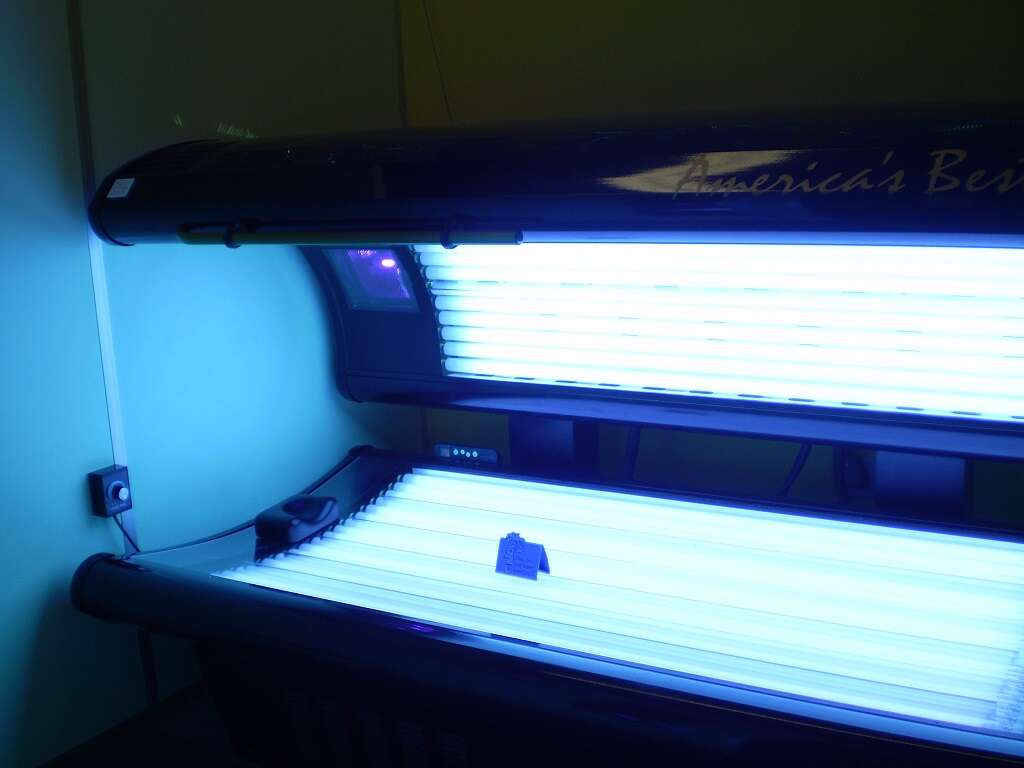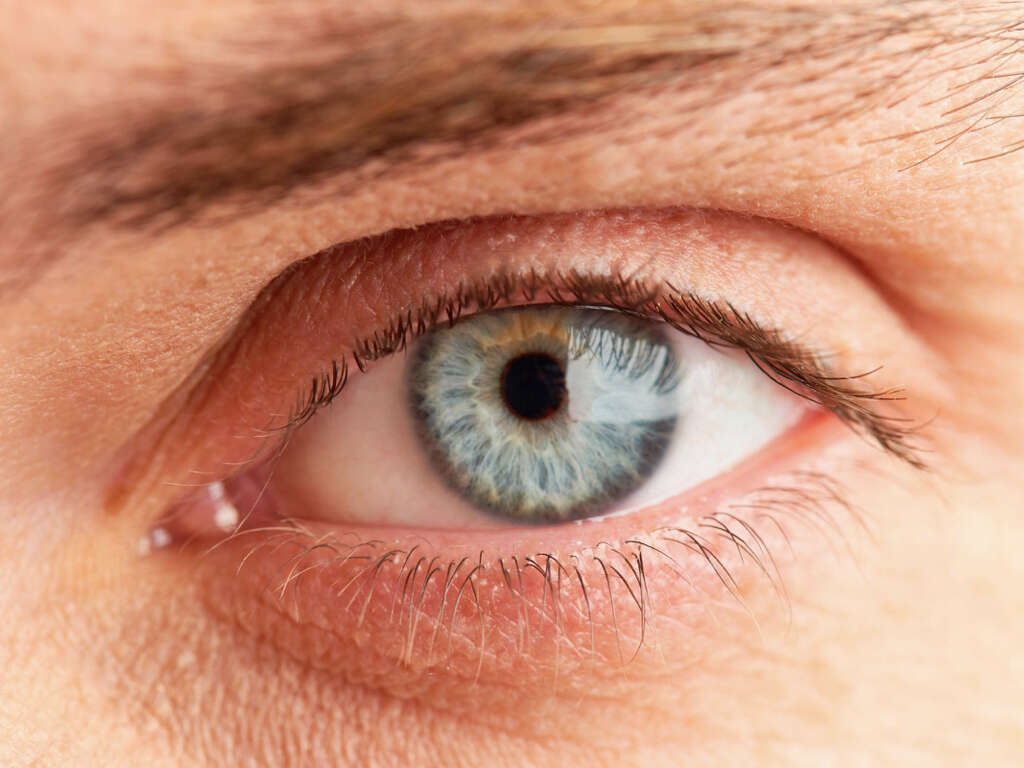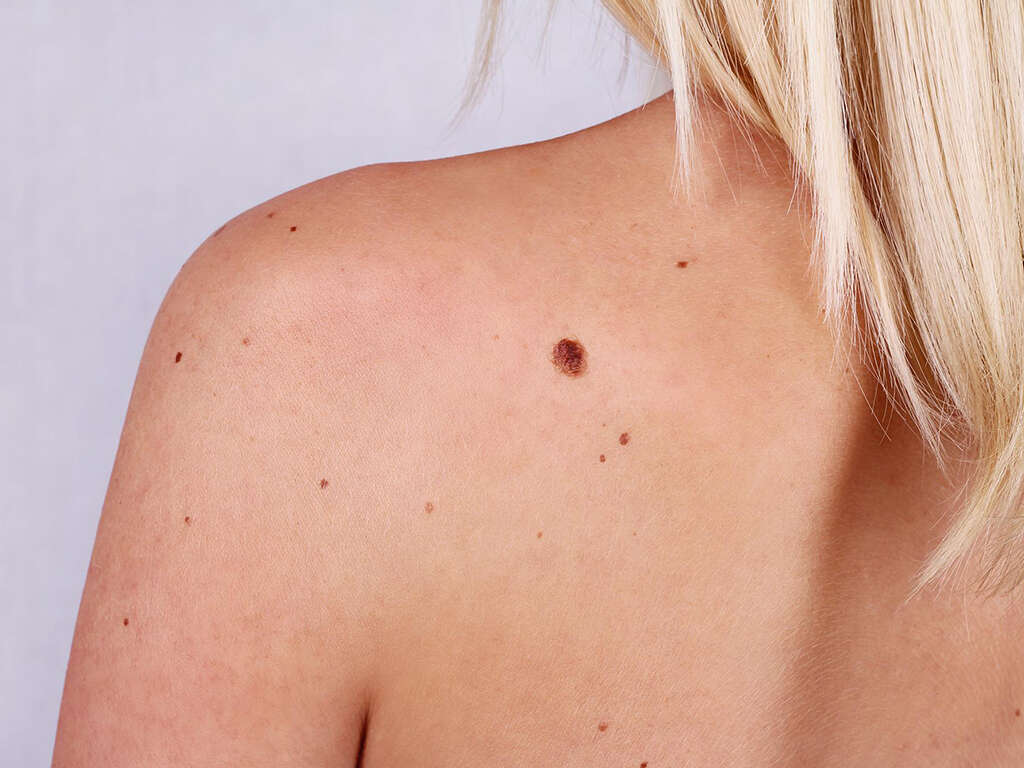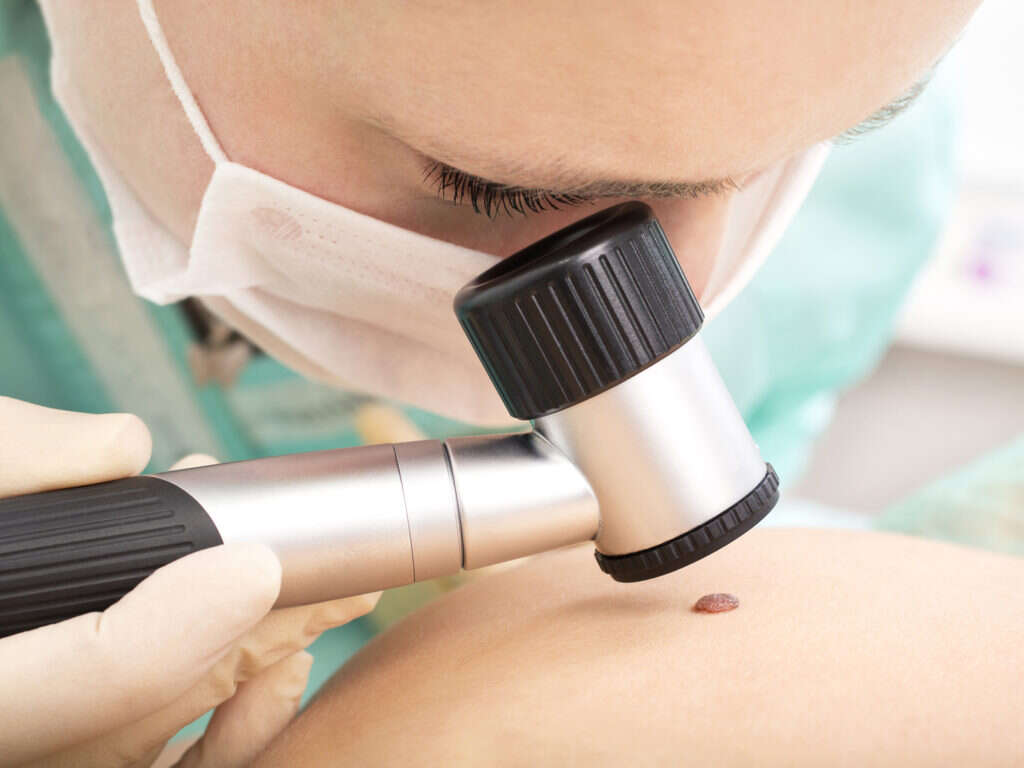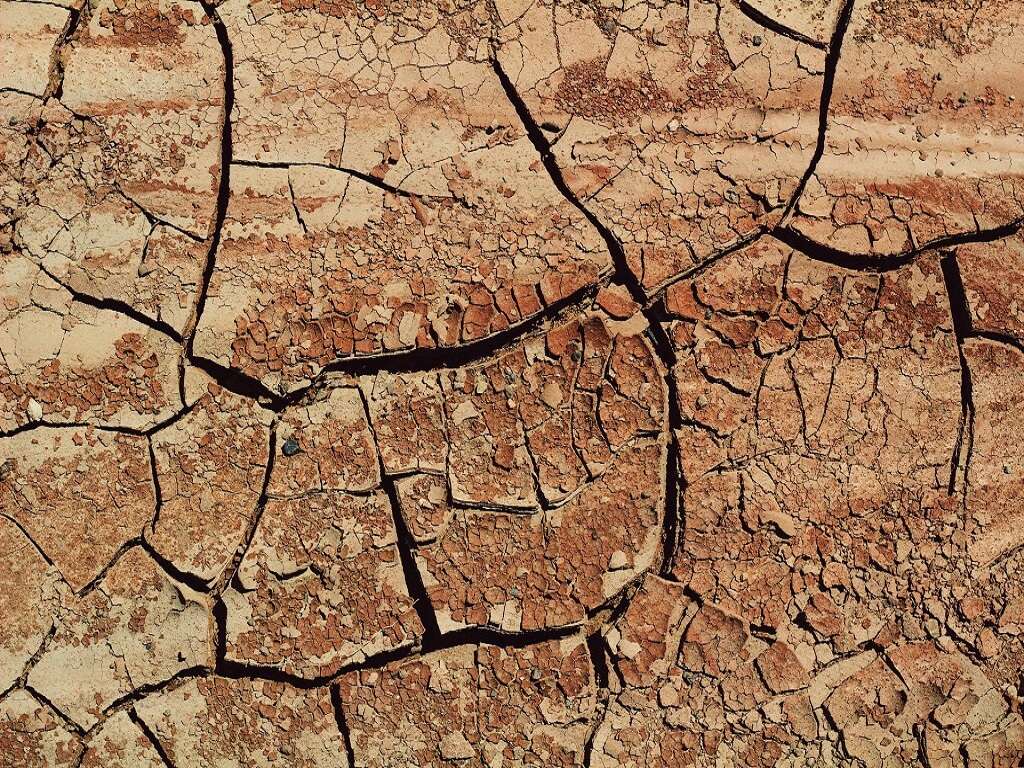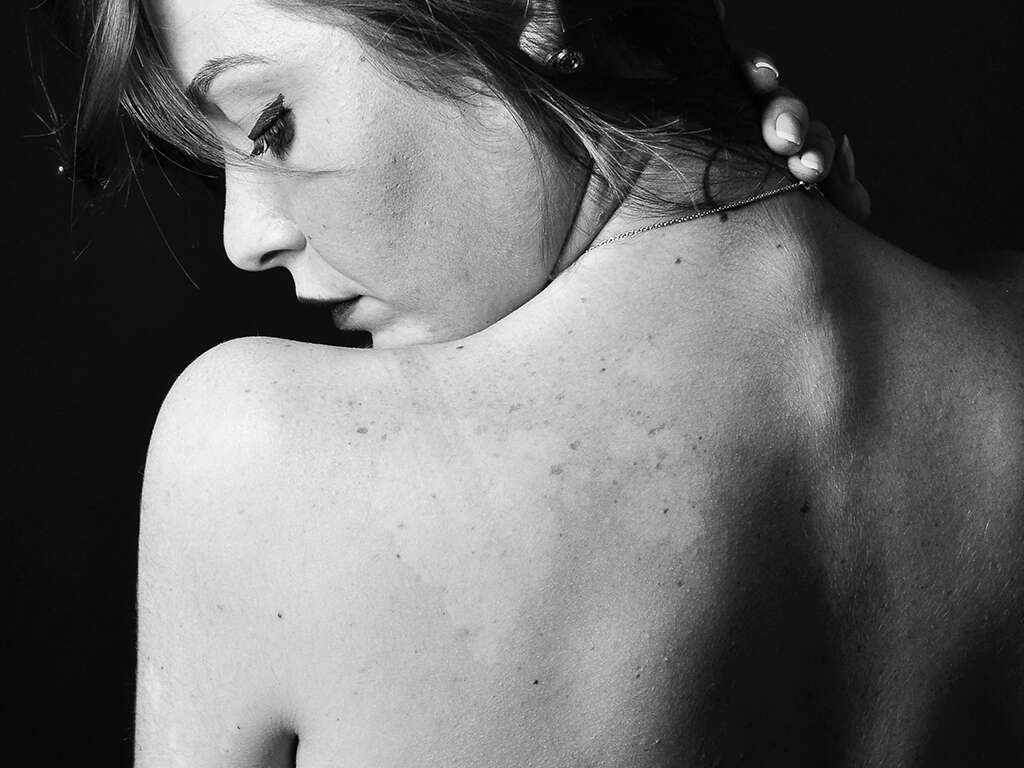Actinic Keratosis Symptoms, Causes & More
 Article Sources
Article Sources
- 1. 'Actinic Keratosis.' The Skin Cancer Foundation, 30 Apr. 2021, www.skincancer.org/skin-cancer-information/actinic-keratosis
- 2. 'Skin Cancer Types: Squamous Cell Carcinoma Overview.' American Academy of Dermatology, www.aad.org/public/diseases/skin-cancer/types/common/scc
- 3. 'Actinic Keratosis.' Mayo Clinic, Mayo Foundation for Medical Education and Research, 13 Jan. 2021, www.mayoclinic.org/diseases-conditions/actinic-keratosis/symptoms-causes/syc-20354969
- 4. 'Actinic Keratosis: Signs and Symptoms.' American Academy of Dermatology, www.aad.org/public/diseases/skin-cancer/actinic-keratosis-symptoms
- 5. 'Actinic Keratosis: Diagnosis and Treatment.' American Academy of Dermatology, [www.aad.org/public/diseases/skin-cancer/actinic-keratosis-treatment.](http://www.aad.org/public/diseases/skin-cancer/actinic-keratosis-treatment.)
- 6. 'Actinic Keratosis.' Mayo Clinic, Mayo Foundation for Medical Education and Research, 13 Jan. 2021, www.mayoclinic.org/diseases-conditions/actinic-keratosis/diagnosis-treatment/drc-20354975
Actinic keratosis, or AK, is a skin condition characterized by rough, scaly patches that may appear on any body part that receives repeated sun exposure. Also known as solar keratosis, actinic keratosis is a common precancerous skin condition. It arises from long-term exposure to ultraviolet radiation. An estimated 58 million Americans have at least one spot of AK on their bodies.
Between 5 and 10 percent of actinic keratoses progress, becoming squamous cell carcinomas. Although this type of skin cancer isn't typically life-threatening, it can damage nerves, blood vessels and other tissues as it grows. Early detection and treatment can prevent this progression.1‘Actinic Keratosis.’ The Skin Cancer Foundation, 30 Apr. 2021, www.skincancer.org/skin-cancer-information/actinic-keratosis,2‘Skin Cancer Types: Squamous Cell Carcinoma Overview.’ American Academy of Dermatology, www.aad.org/public/diseases/skin-cancer/types/common/scc

What Does Actinic Keratosis Look Like?
The appearance of actinic keratoses varies, ranging from rough, dry and scaly skin patches to flat or slightly raised areas on the skin. Some lesions are hard, similar to a wart. Others resemble age spots or a rash. Some even form a hornlike growth. The lesions may be pink, red, gray, yellow, white, brown or flesh-colored.
Actinic cheilitis, a condition similar to actinic keratosis, may affect the lips, presenting as a white, dry, cracked lip that doesn't heal. One or both lips may lose their color, or white, scaly patches may form on both lips.1‘Actinic Keratosis.’ The Skin Cancer Foundation, 30 Apr. 2021, www.skincancer.org/skin-cancer-information/actinic-keratosis,3‘Actinic Keratosis.’ Mayo Clinic, Mayo Foundation for Medical Education and Research, 13 Jan. 2021, www.mayoclinic.org/diseases-conditions/actinic-keratosis/symptoms-causes/syc-20354969,4‘Actinic Keratosis: Signs and Symptoms.’ American Academy of Dermatology, www.aad.org/public/diseases/skin-cancer/actinic-keratosis-symptoms
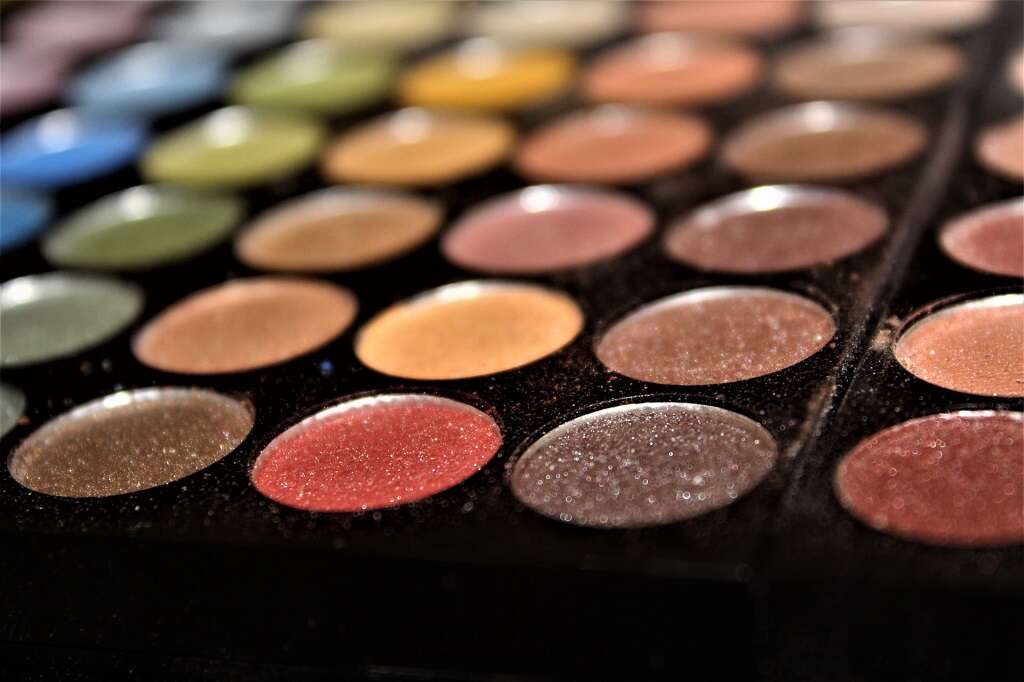
Other Symptoms of Actinic Keratosis
The physical manifestations of actinic keratosis develop slowly over a period of years. They're likely to appear on the face, lips, ears and scalp, as well as the neck, forearms and backs of the hands. Sometimes lesions can be felt before they can be seen.
Skin changes may be the only actinic keratosis symptoms a person notices. However, the affected areas may burn, itch or sting, or they may feel painful when touched. Bleeding may also occur.3‘Actinic Keratosis.’ Mayo Clinic, Mayo Foundation for Medical Education and Research, 13 Jan. 2021, www.mayoclinic.org/diseases-conditions/actinic-keratosis/symptoms-causes/syc-20354969,4‘Actinic Keratosis: Signs and Symptoms.’ American Academy of Dermatology, www.aad.org/public/diseases/skin-cancer/actinic-keratosis-symptoms

Causes & Risk Factors of Actinic Keratosis
Actinic keratosis may result from exposure to ultraviolet rays over a long period of time. Ultraviolet rays from the sun are a common culprit. Tanning beds are another source of intense ultraviolet rays that may cause actinic keratosis.
People with fair skin, blond or red hair and blue or light-colored eyes have a heightened risk of developing actinic keratosis. Other risk factors include being over 40, having a compromised immune system, living in a sunny location, working outdoors and having a history of sunburn.3‘Actinic Keratosis.’ Mayo Clinic, Mayo Foundation for Medical Education and Research, 13 Jan. 2021, www.mayoclinic.org/diseases-conditions/actinic-keratosis/symptoms-causes/syc-20354969

Diagnosing Actinic Keratosis & Forming a Treatment Plan
A physical examination is typically all a doctor needs to arrive at a diagnosis of actinic keratosis. They may also perform a skin biopsy by removing a small piece of skin from the affected area for analysis under a microscope to confirm their suspicions.
The treatment plan depends on the appearance and number of lesions, where they are on the body and other medical conditions the person may have. The doctor may decide to use more than one treatment method.

Home Treatment
If a person has multiple actinic keratoses or lesions that can be felt but aren't yet visible, a doctor may prescribe topical medications for the person to apply at home. Several medications are available. Some cause skin reactions, making them unsuitable for use on the face.
To be effective, the medications must be applied as prescribed. Some need to be applied several times a day for one to three months. Others must be applied a couple of times a week for four months
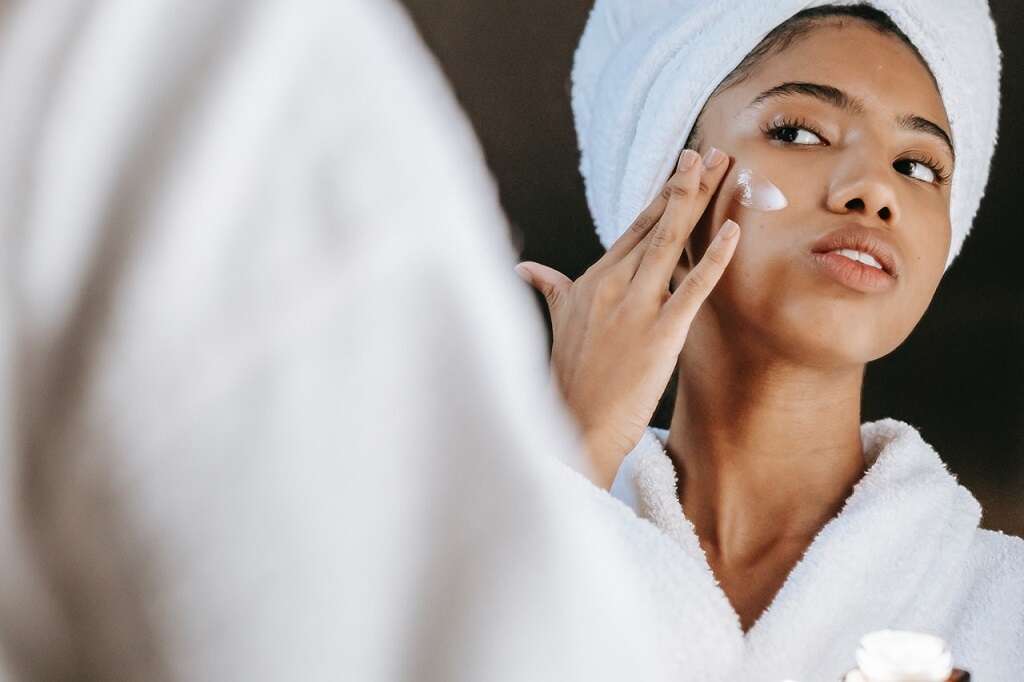
Cryosurgery & Chemical Peel
Doctors may remove one or two areas of actinic keratosis using cryosurgery, in which liquid nitrogen is used to freeze the affected area. Within a few days, the lesion sloughs off and new skin appears.
A chemical peel is another option a doctor may choose, and it differs from chemical peels available from a salon or for home use. This treatment destroys the upper layers of skin affected by actinic keratosis, leaving swollen, red and sore skin. As healing takes place, healthy skin emerges.

Curettage & Laser Resurfacing
To manage a thick actinic keratosis, a doctor may use curettage, scraping away the precancerous cells. They finish the procedure using electrodesiccation, which heats and destroys any remaining AK cells.
Laser resurfacing is another procedure that uses a laser to destroy an area of precancerous cells. A week or two later, healthy new skin appears. Doctors may find this to be a suitable option for actinic keratosis appearing on the lips.5‘Actinic Keratosis: Diagnosis and Treatment.’ American Academy of Dermatology, www.aad.org/public/diseases/skin-cancer/actinic-keratosis-treatment.

Photodynamic Therapy
If several actinic keratosis patches are present or they repeatedly recur, a doctor may use photodynamic therapy. A light-sensitive chemical solution is applied to the affected areas of the skin. Sixty to 90 minutes later, the skin is exposed to a special blue or red light that activates the solution and eradicates the actinic keratosis, allowing healthy skin to grow.
People may need two treatments, with the second treatment occurring three weeks after the initial one.5‘Actinic Keratosis: Diagnosis and Treatment.’ American Academy of Dermatology, www.aad.org/public/diseases/skin-cancer/actinic-keratosis-treatment.,6‘Actinic Keratosis.’ Mayo Clinic, Mayo Foundation for Medical Education and Research, 13 Jan. 2021, www.mayoclinic.org/diseases-conditions/actinic-keratosis/diagnosis-treatment/drc-20354975
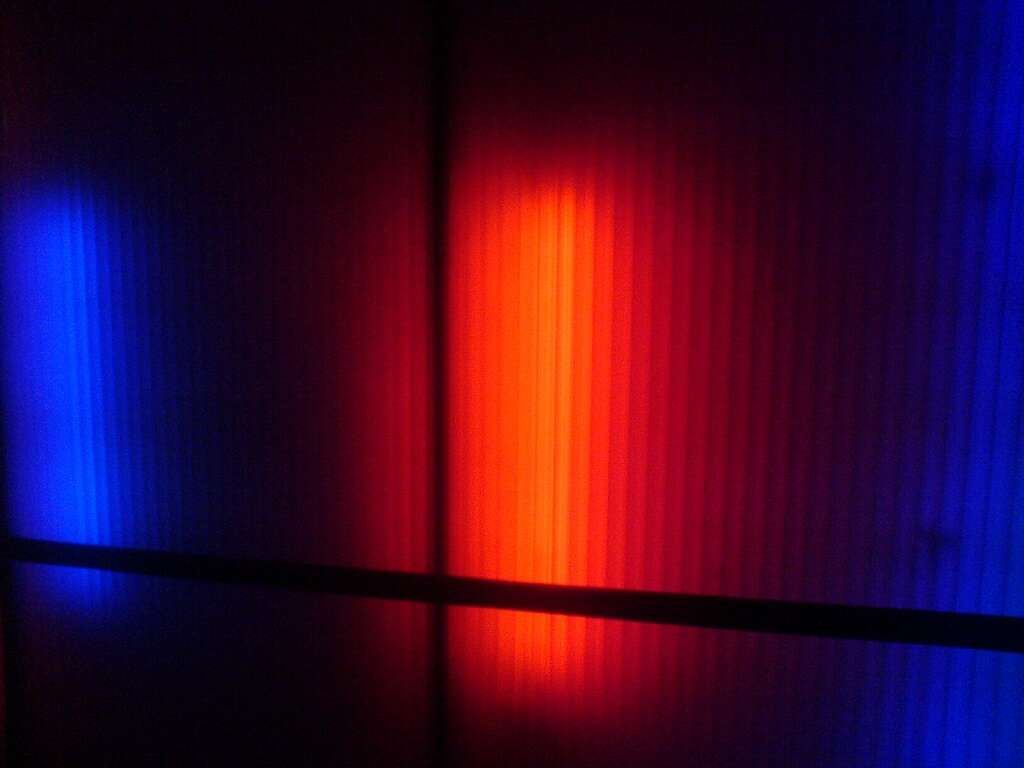
Outcome of Treatment
While most cases of actinic keratosis resolve with treatment, more patches of AK are likely to develop as a result of previous damage sustained from UV rays. People who have previously had actinic keratosis should remain vigilant for the appearance of new lesions.
Most cases of squamous cell carcinoma arise from actinic keratoses, so identifying AK early and undergoing treatment may prevent the development of skin cancer. The earlier the treatment, the better the outcome.1‘Actinic Keratosis.’ The Skin Cancer Foundation, 30 Apr. 2021, www.skincancer.org/skin-cancer-information/actinic-keratosis,5‘Actinic Keratosis: Diagnosis and Treatment.’ American Academy of Dermatology, www.aad.org/public/diseases/skin-cancer/actinic-keratosis-treatment.

Preventing Actinic Keratosis
Protecting the skin from exposure to ultraviolet rays helps prevent actinic keratosis. People should avoid prolonged sun exposure and apply sunscreen, with a minimum 30 SPF daily. When outdoors, they should wear protective clothing, such as long pants, long-sleeved shirts, broad-brimmed hats and sunglasses. Tanning beds are off-limits, as the UV rays they produce may damage the skin.3‘Actinic Keratosis.’ Mayo Clinic, Mayo Foundation for Medical Education and Research, 13 Jan. 2021, www.mayoclinic.org/diseases-conditions/actinic-keratosis/symptoms-causes/syc-20354969
Conducting periodic skin checks may help people detect AK. Having a skin examination by a dermatologist periodically is helpful as well.5‘Actinic Keratosis: Diagnosis and Treatment.’ American Academy of Dermatology, www.aad.org/public/diseases/skin-cancer/actinic-keratosis-treatment.
